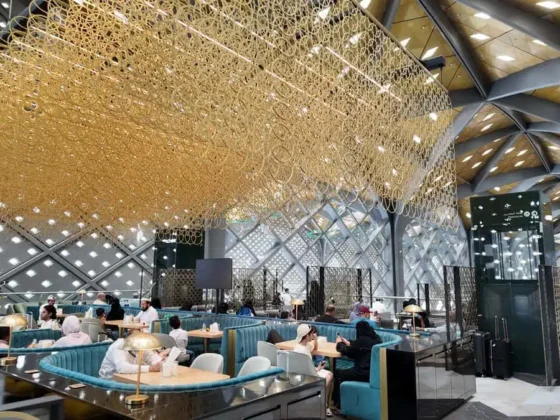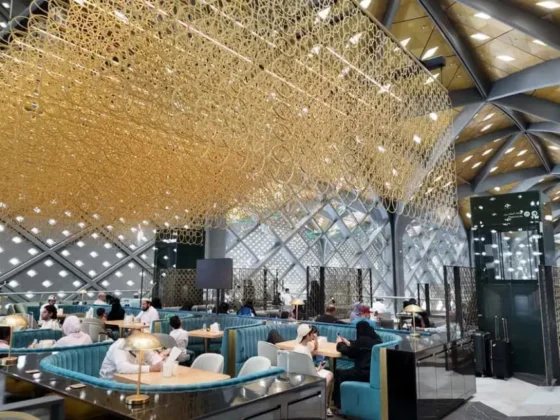The Historical Significance of Pilgrimage Travel
Pilgrimage travel has played a vital role in shaping religious, cultural, and social landscapes throughout history. Understanding its origins and impact offers insight into the continued relevance of this form of travel today.
Origins of Pilgrimage Journeys
The roots of pilgrimage journeys can be traced back to ancient civilizations, where spiritual travel was often undertaken as a means of seeking divine favor or fulfilling religious obligations. Communities aspired to visit sacred sites, guided by their faith.
Some of the earliest documented pilgrimage routes include:
| Pilgrimage | Origin | Destination | Approximate Distance |
|---|---|---|---|
| Camino de Santiago | Various locations in Europe | Santiago de Compostela, Spain | 780 km (490 miles) |
| Kumbh Mela | Various locations in India | Prayag, India | Varies by region (up to 1,500 km/930 miles) |
| Hajj | Various locations in the Muslim world | Mecca, Saudi Arabia | Varies (minimum 500 km/310 miles) |
| Pilgrimage to Jerusalem | Various locations | Jerusalem, Israel | Varies (historically significant routes available) |
These early journeys were not merely about physical travel. They fostered rich cultural exchanges and community ties, as travelers shared stories, traditions, and resources along their routes.
Impact of Pilgrimage on Cultures and Societies
Throughout history, pilgrimage travel has acted as a catalyst for cultural development and social cohesion. It has significantly influenced architecture, art, and cultural practices across different regions. For instance, many religious institutions were built along pilgrimage routes to accommodate the influx of travelers, which eventually became centers for learning and cultural exchange.
The pilgrimage experience is also intertwined with the concept of spirituality and communal identity. As pilgrims from diverse backgrounds converged at holy sites, this interaction sparked the exchange of ideas, languages, and customs, enriching local cultures.
Some key cultural impacts of pilgrimage include:
| Aspect | Description |
|---|---|
| Architectural Development | Many religious structures and sites gained prominence due to pilgrimages, influencing local architectural styles. |
| Economic Growth | Pilgrimage destinations often saw increased trade and commerce, fostering local economies. |
| Artistic Expression | Artistic representations of pilgrimage journeys became prominent in various cultures, influencing literature, music, and visual arts. |
| Social Mobilization | The gathering of pilgrims often led to a sense of unity among individuals sharing similar beliefs, enhancing social networks. |
As modern travel continues to evolve, understanding these historical foundations of pilgrimage travel is essential for international travelers to Saudi Arabia, especially those looking to experience the profound significance of journeys to Mecca and Medina. For further reading on pilgrimage, visit our guides on hajj preparation and umrah travel tips.
The Modern Transformation of Pilgrimage Travel
As pilgrimage travel evolves, significant shifts in transportation modes and technological advancements have greatly influenced the experience of travelers. Understanding these transformations provides insight into how individuals embark on spiritual journeys today.
Evolution of Transportation Modes
The progression of transportation for pilgrimage travel has undergone remarkable changes over the centuries. Originally, journeys to sacred sites were undertaken on foot, by camel, or via simple boats, requiring significant time and physical endurance. Today, a variety of modern modes of transport facilitate easier and faster movements for pilgrims.
| Transportation Mode | Description | Typical Speed |
|---|---|---|
| Walking | Traditional means for many pilgrims | N/A |
| Camel | Historical mode, primarily in desert regions | 3 – 5 mph |
| Train | Offers rapid transit between major pilgrimage destinations | 200 – 300 mph (high-speed) |
| Air Travel | Fastest option for long-distance travelers | 500 – 600 mph |
The introduction of high-speed trains, such as the Haramain Train in Saudi Arabia, marks a significant advancement in pilgrimage travel. Connecting Mecca and Medina, this train reduces travel time drastically, enhancing convenience for millions of pilgrims annually.
Influence of Technology on Pilgrimage Experiences
Technology plays a crucial role in shaping the modern pilgrimage experience. Various advancements create more accessible options and improved services for travelers.
One major impact of technology is the availability of mobile apps and websites designed specifically for pilgrims. These resources provide information on transportation options, accommodation, and local attractions, enhancing overall travel planning.
| Technological Advancement | Impact on Pilgrimage |
|---|---|
| Mobile Apps | Facilitate navigation, booking, and religious guidance |
| Online Forums | Allow travelers to share experiences and tips |
| Social Media | Enable pilgrims to document their journey and connect with others |
| Virtual Reality | Offer immersive experiences for those unable to travel |
In addition, many pilgrims rely on digital platforms for booking accommodations, as shown in the table below.
| Booking Method | Popularity (%) |
|---|---|
| Online Travel Agencies | 60 |
| Direct Hotel Websites | 25 |
| Traditional Agencies | 15 |
The integration of modern technology into pilgrimage travel not only improves logistics but also enriches the spiritual experiences of travelers. For preparation advice, readers can refer to our hajj preparation guide or umrah travel tips to ensure a fulfilling journey.
These transformations illustrate the dynamic nature of pilgrimage travel, making it more accessible and enjoyable for pilgrims worldwide.










